Timeline
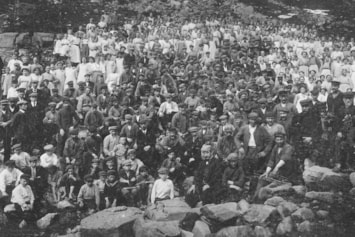
1879
The textile mill Dale Fabrikker is founded in Dale in Western Norway, largely because of the great, untapped potential for hydro power in the local river and the proximity to the commercial and maritime center of Bergen.
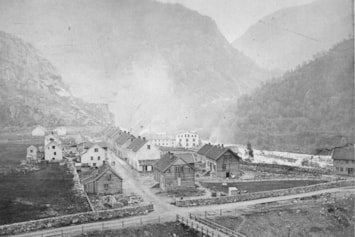
1880
A large part of the factory is razed by fire, leaving only the cotton mill untouched by the flames. This is a major setback, but the factory is rebuilt already the following year.
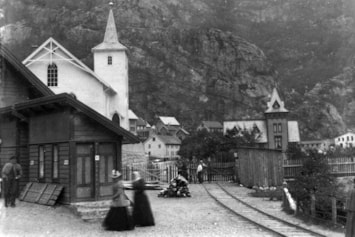
1883
The local railway between Bergen and Voss is completed, with a sidetrack to the mill. This makes it much easier to transport equipment, raw materials, and finished products between Dale and the port of Bergen.
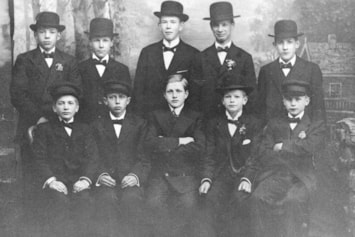
1892
A national law on child labor is ratified. Children under twelve years can therefore no longer work at Dale Fabrikker.
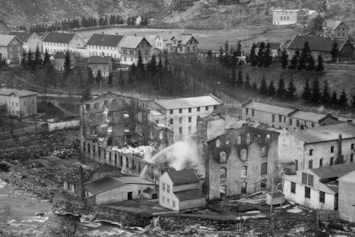
1907
A major fire breaks out. This was later to be known as “the lucky fire”. The indemnity payment allowed for a state-of-the-art factory to be built. This was an important factor for the success to come.
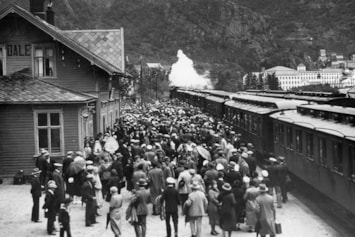
1909
The railway from Bergen to Kristiania (Oslo) is opened, providing easy access to the markets in Eastern Norway and Sweden.
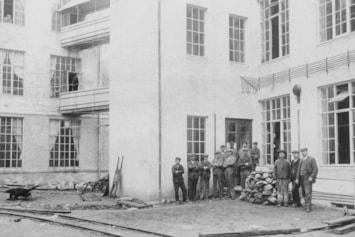
1911
Dale Fabrikker opens Norway’s first spinning mill for worsted yarn, with Norwegian wool used to produce knitting yarn.
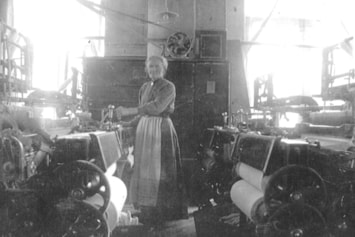
1914-18
World War I severely disrupts the mill’s access to raw materials, which curtails production and leads to employees being laid off.
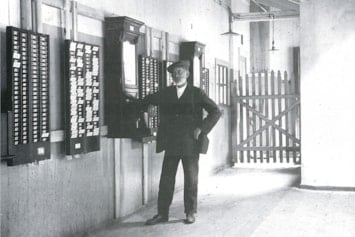
1919
Norwegian industry workers demand better conditions. The eight-hour working day is introduced.
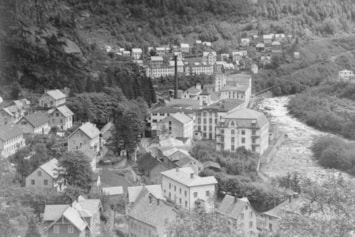
1940-45
Norway is occupied. World War II greatly hampers production, not least because of the lack of raw materials.
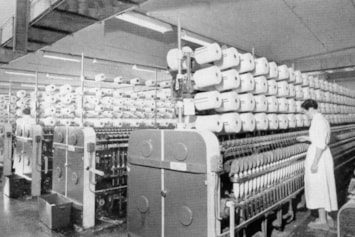
1950-60
Dale Fabrikker is now one of Norway’s largest textile companies. Optimism for the future runs high among both workers and managers.
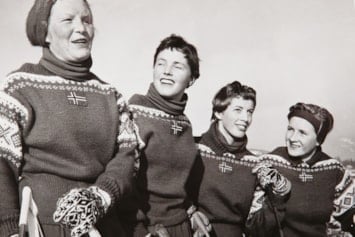
1956
Dale Fabrikker becomes the Norwegian Ski Federation’s official supplier of gear for the Winter Olympics and the World Ski Championships. In order to boost yarn sales, the various outfits are made available to the public by way of knitting patterns.
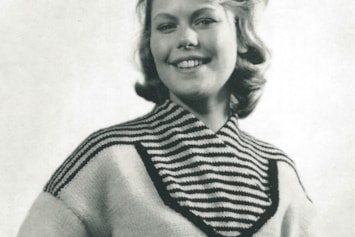
1957
The company invests heavily in marketing and exporting its goods abroad.
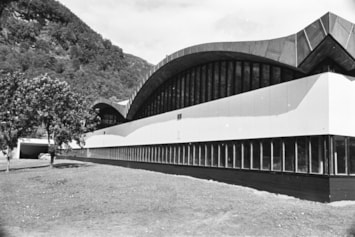
1963
A new spinning mill for worsted yarn is opened, the most modern of its kind in Europe. Dale Fabrikker is now at its peak with around 1,250 employees.
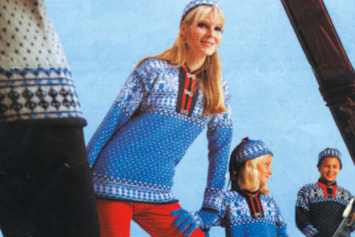
1967
Due to the popularity of its Olympic and World Championship sweaters, Dale Fabrikker decides to begin producing sportswear, subsequently known under the brand name Dale of Norway.

1970-80
The Norwegian textile industry goes through a rough patch. Dale Fabrikker focuses on niche markets in order to survive. It becomes necessary to downsize operations: the number of employees is reduced.
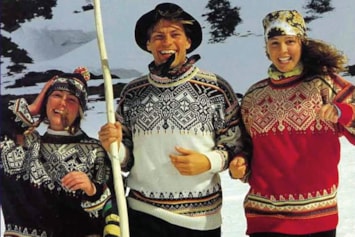
1991
Dale of Norway and Dale Yarn are split into separate companies.
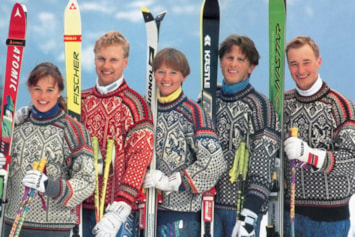
1994
The sweater designed for the Winter Olympics in Lillehammer becomes a huge success and Dale of Norway achieves its true breakthrough as an international brand.
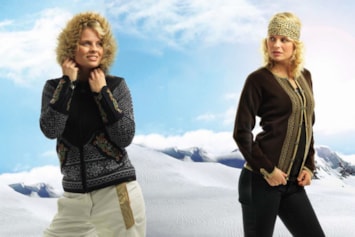
2009
Dale of Norway restructures and expands its production and gears its activities more towards the fashion and luxury goods market.
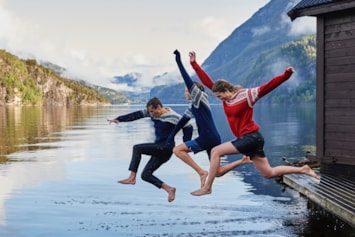
2019
2019 marks the 140th anniversary of continuous operations at one of Norway’s most distinctive and enduring mill communities.